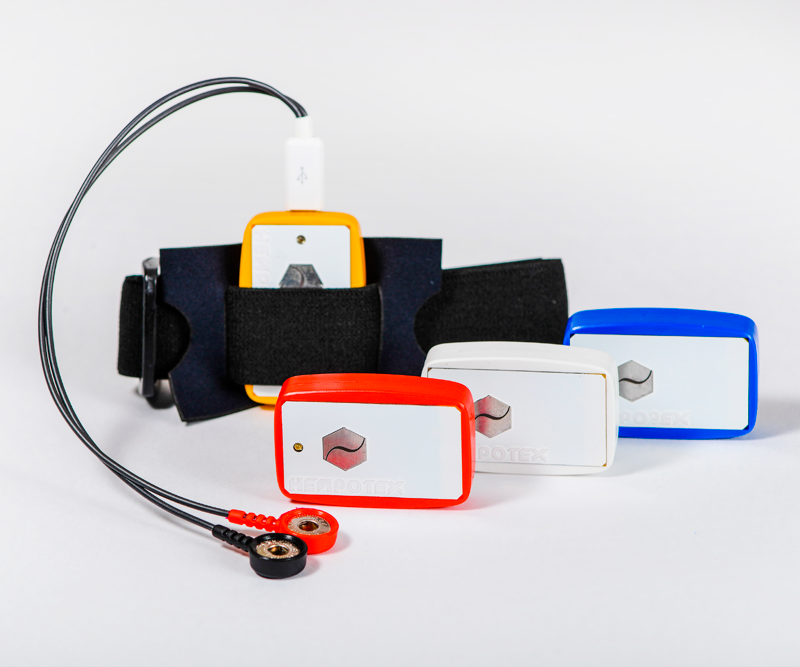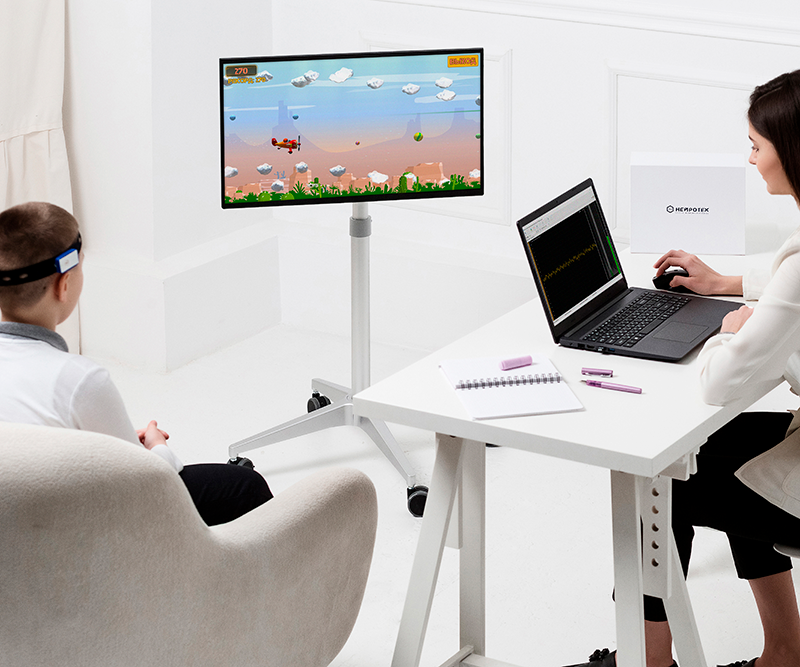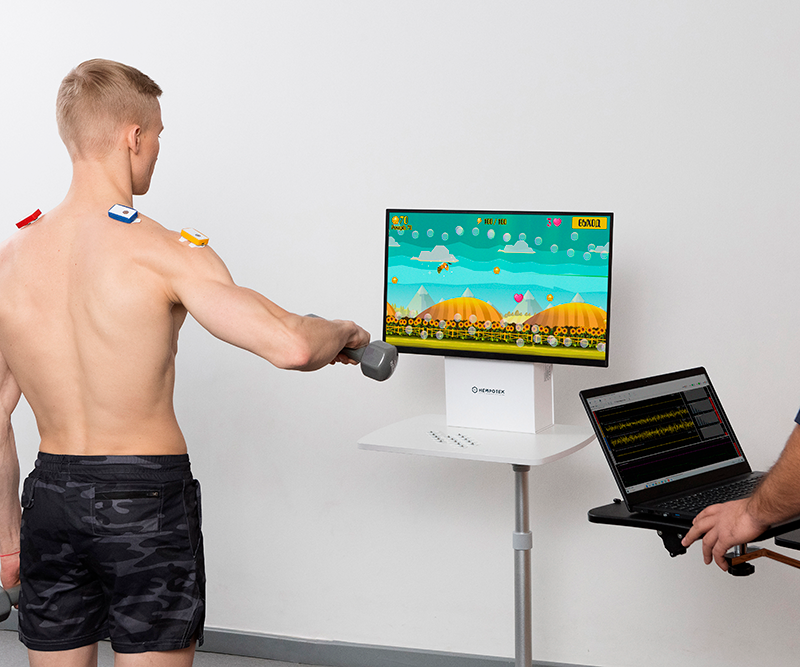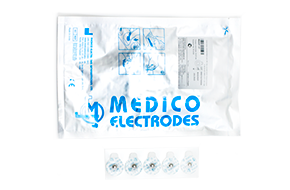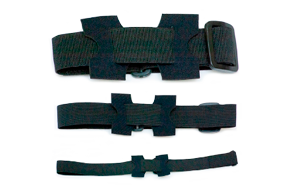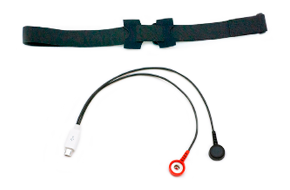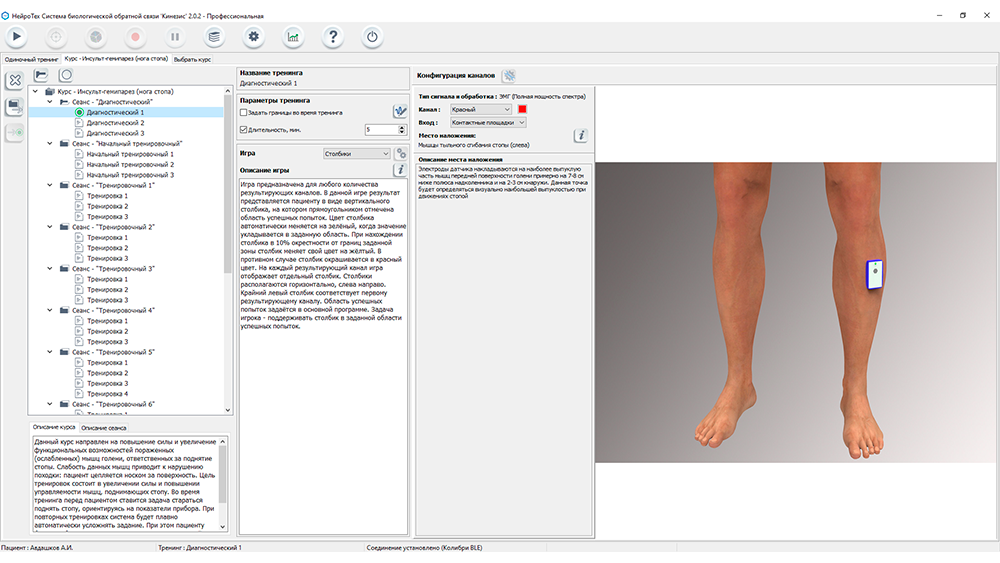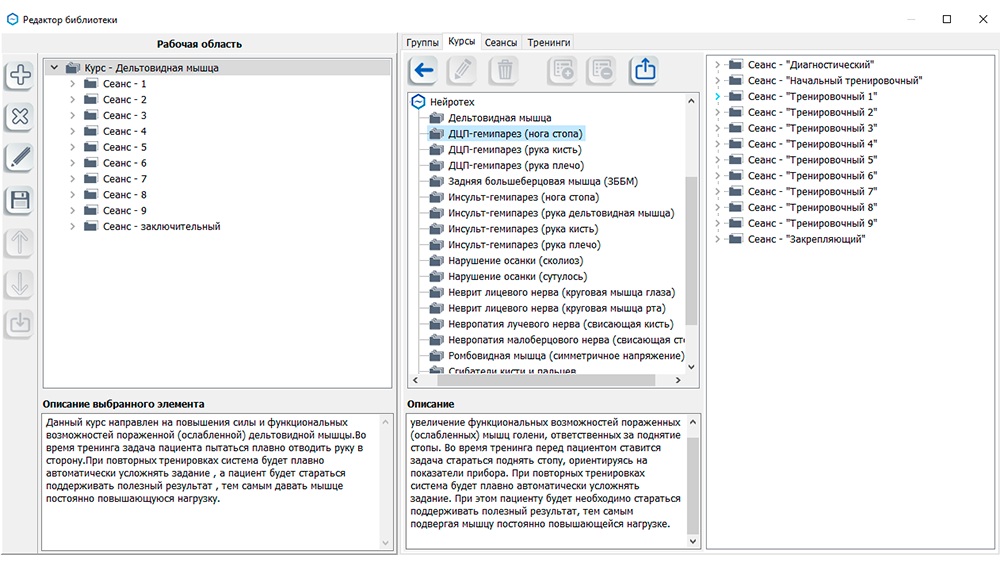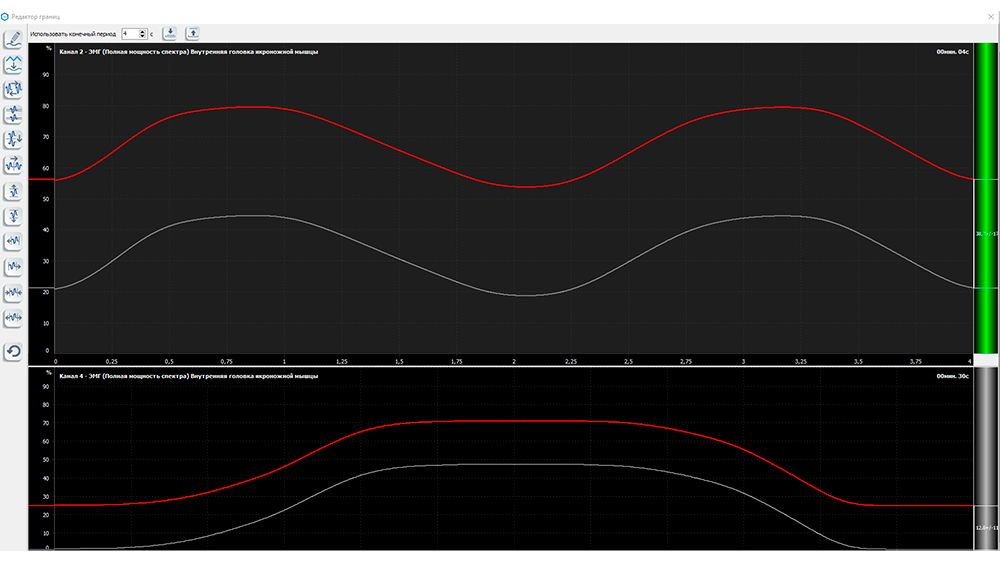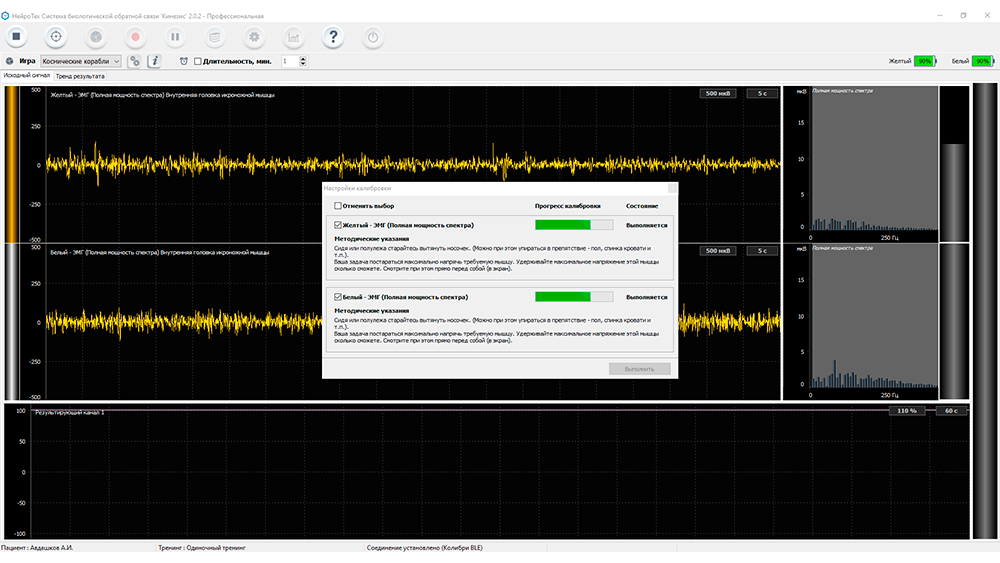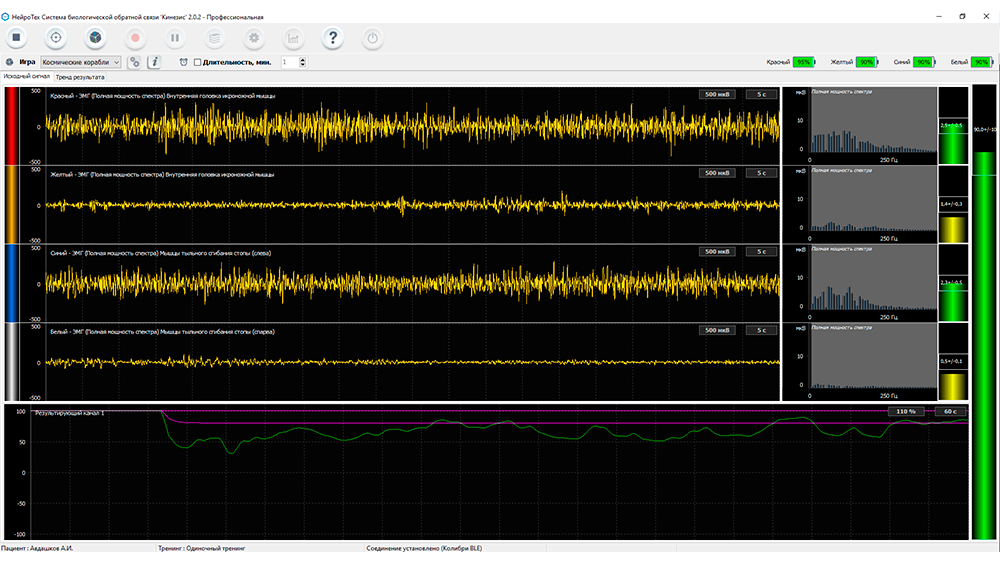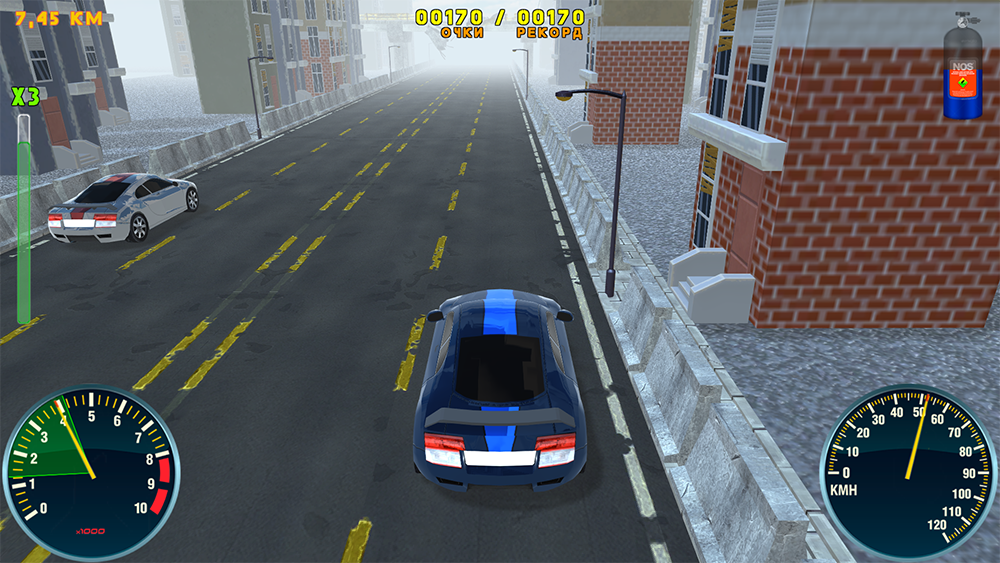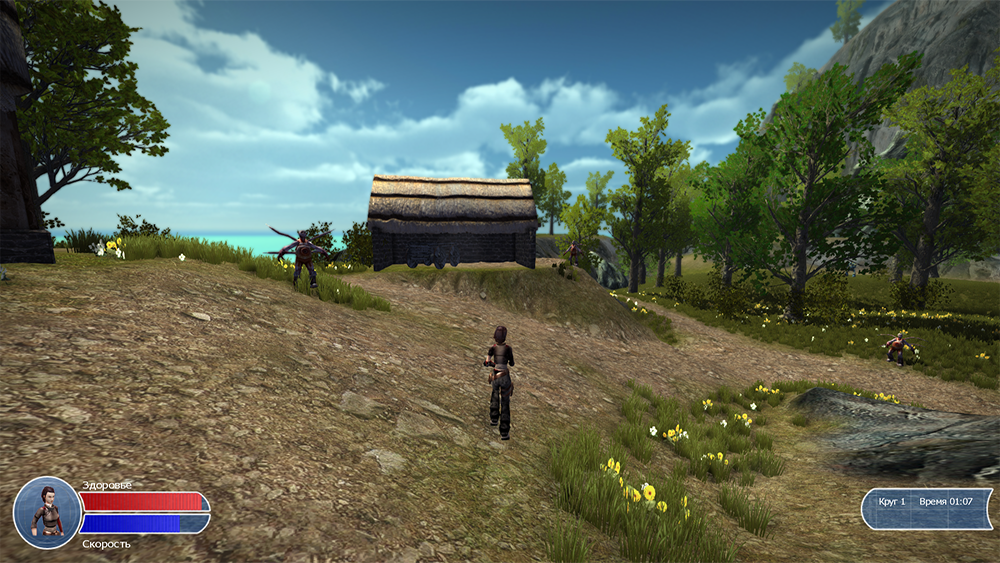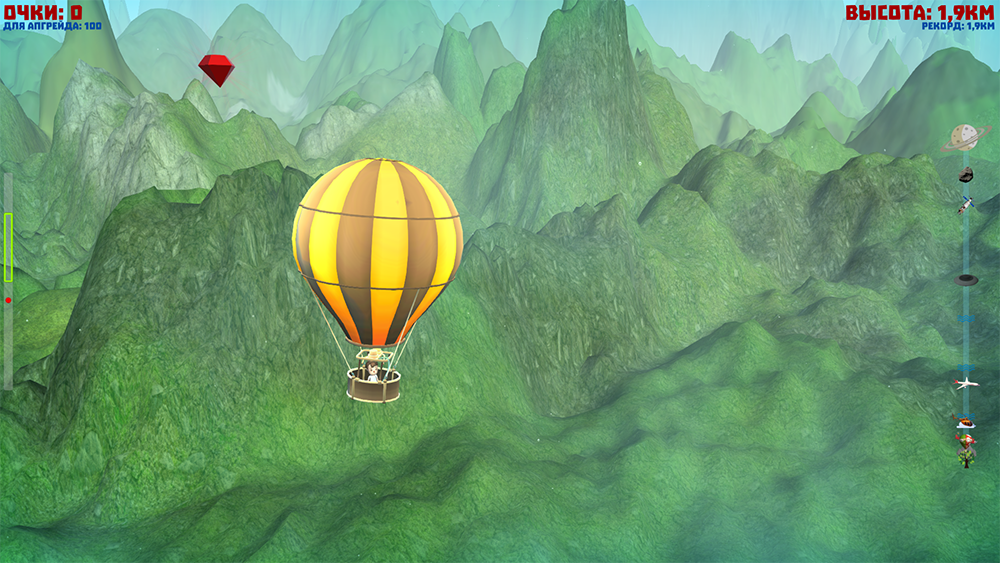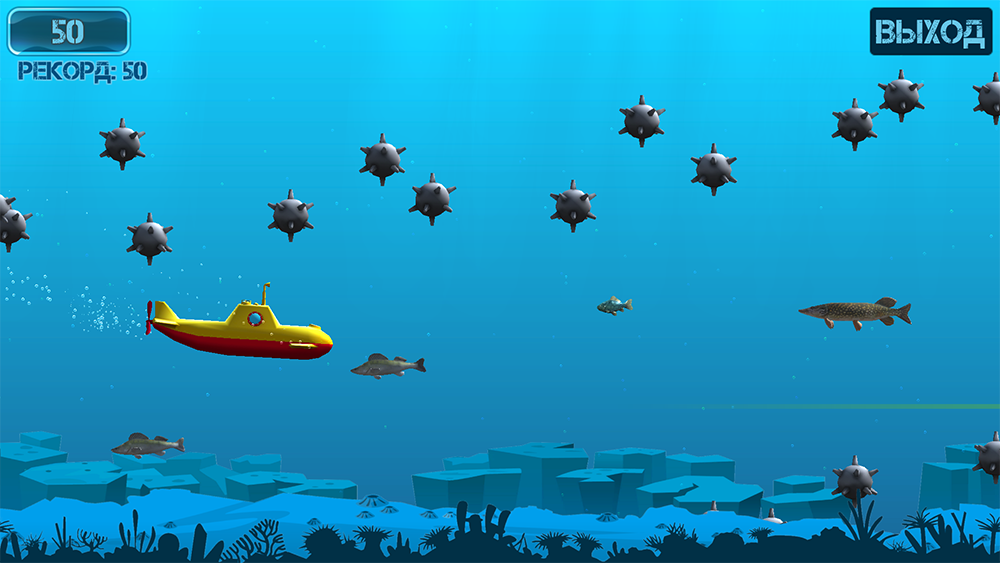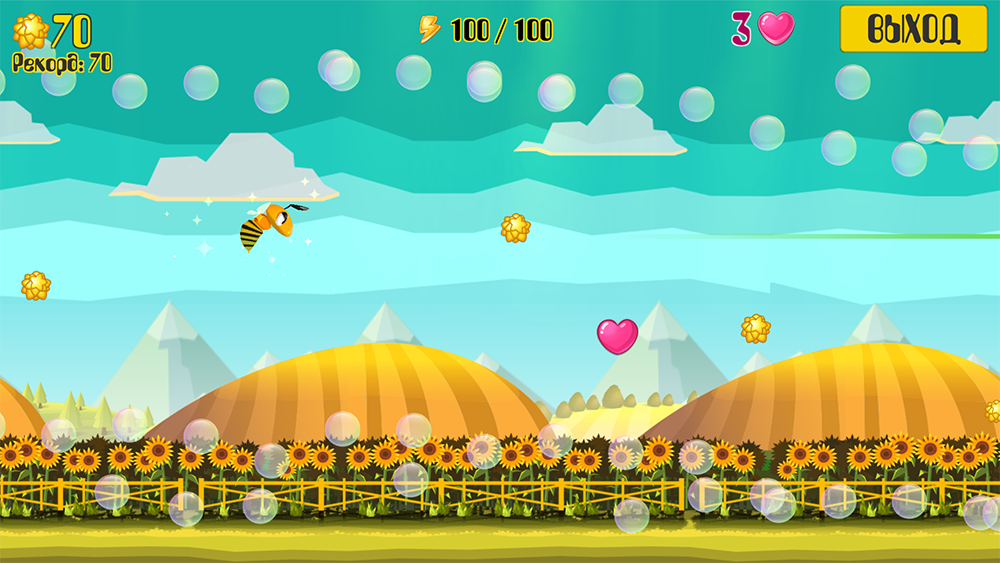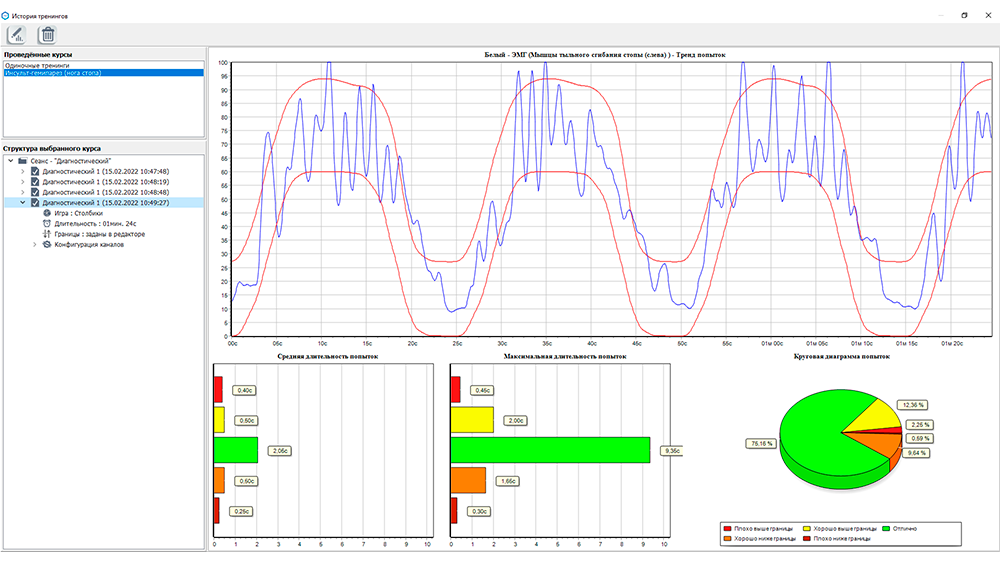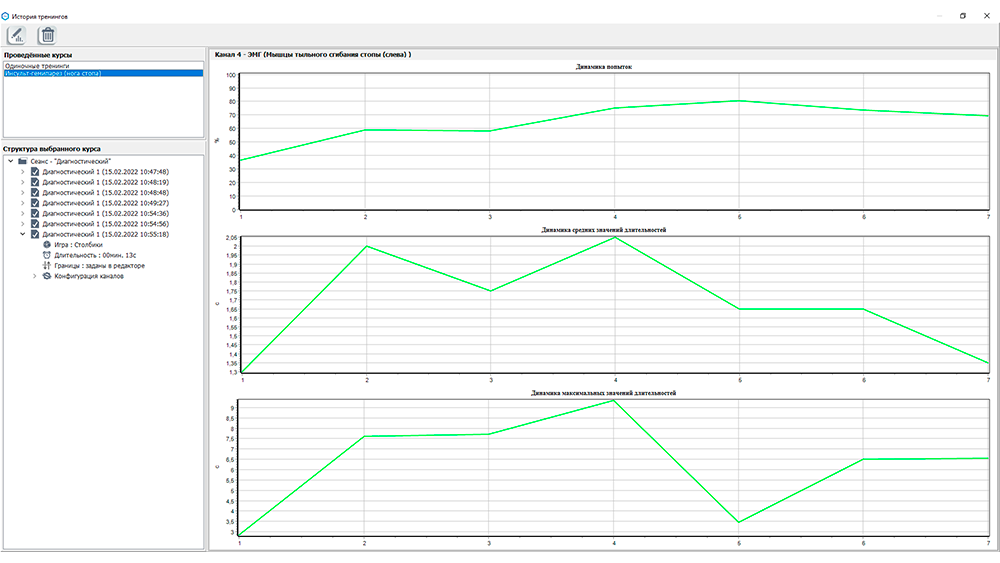Complex BFB system «Kolibri»
Complex BFB system «Kolibri»
The wireless BFB complex is a set of four universal wireless Kolibri sensors, each of which, depending on the required BFB training modality, ensures the recording of an electromyogram (EMG), electrocardiogram (ECG), electroencephalogram (EEG), limb deviation angle.
Description
MD type code 324120 (virtual rehabilitation system, unsupported, clinical).
The system allows for a preliminary assessment of the condition and provides the opportunity to conduct biofeedback (BFB) training with monitoring of the dynamics of recovery effectiveness. The BFB method develops the skill of control and regulation of the patient’s target parameters. The system can be used with equal high efficiency for both adult and child patients.
Kolibri is a universal wireless sensor that provides reliable and high-quality signal recording (EEG, EMG, ECG, limb abduction angle and respiration) and its transmission (with subsequent interpretation in a game scenario) to a program installed on a computer or laptop.
The complex allows for conducting trainings on the required number of custom configurable channels (within one training session, one to four channels can be used simultaneously). The frequency band and amplitude ranges for each channel are set via software.
For different BFB training modalities, different methods of sensors attachment are suggested, namely:
- for EMG, ECG, abduction angle and respiration signals – disposable surface electrodes (with an adhesive layer) and a pressure tape, for the respiration channel an additional lead wire is used that is connected to the sensor via a micro USB connector;
- for the EEG signal – a special tape (in the form of a fixing headband) with reusable electrodes.
The use of the system is aimed at ensuring convenient work between the physician and the patient, objectivization of the training process and achieving the effective rehabilitation.
System intended purpose
The system allows to conduct:
- raining of the musculoskeletal system and muscle activity based on the recording and analysis of the electromyogram (BFB training via the EMG channel);
- psycho-emotional correction based on the recording and analysis of brain biopotentials (BFB training via the EEG channel);
- correction of the psychovegetative state based on statistical calculation of heart rate parameters (both as part of BFB training via the ECG channel and with the possibility of multimodal training with the respiration channel);
- training in relaxation skills based on the formation of a diaphragmatic-relaxation respiration pattern (BFB training via the respiration channel).
BFB training via the EMG channel is used to restore various types of motor functions, to correct damaged muscle fibers and nerve trunks.
Primary indications:
- training of weakened paretic muscles in case of damaged nerve trunks;
- rehabilitation after strokes, brain injuries, cerebral palsy;
- treatment of facial nerve paresis;
- professional sports training and amateur fitness.
BFB training via the EEG channel allows for the correction of dynamic indicators (neurodynamic parameters) of the cortical bioelectrical activity of the brain areas involved in the pathological process.
The system software includes five pre-installed courses developed by practicing specialists and combined under the title "Psycho-emotional Correction". Each of the courses is specifically aimed at correcting certain psycho-emotional disorders and can be used both for their prevention and treatment. Psycho-emotional correction using the BFB system is necessary for children, healthy adults and patients with any psycho-emotional diseases.
1. For children, courses are recommended for conditions/issues such as:
- ADHD (attention deficit hyperactivity disorder);
- aggression and impulsiveness;
- problems with adaptation at school;
- delayed speech development;
- dyslexia (problem with reading), dysgraphia (disorder of the writing process) and dyscalculia (inability to learn arithmetic);
- phobias and social isolation (in a peer group);
- shyness and lack of self-confidence;
- Asperger's syndrome.
2. For people with psycho-emotional disorders, the courses are developed for:
- emotional control of psychosomatic stress;
- preventing the development of Tourette syndrome;
- reduction of aggression, neuroses and anxieties;
- treatment of insomnia, depression, migraines and chronic headaches;
- activation of thinking processes;
- preventing distraction.
3. For healthy people, the courses help to:
- improve mental state;
- reduce stress and chronic fatigue;
- control emotions, increase creativity;
- improve memory and increase concentration.
Results of psycho-emotional correction using the Kolibri BFB system:
- the effectiveness of educational activities of schoolchildren and students increases;
- the intellectual activity, creativity and accuracy of task performance under stress or time pressure in healthy people increase;
- the ability to read, spell and perform arithmetic operations is restored (for example, after a stroke);
- mental state improves.
BFB training via the ECG channel is used to correct psychovegetative indicators obtained on the basis of statistical calculation of the parameters of the RR interval series.
Primary indications:
- relaxation training in psychovegetative disorders (vegetative-vascular dystonia, functional rhythm disorders);
- symptoms and manifestations of chronic stress (fatigue, overwork, insomnia, etc.).
Multimodal training sessions combining EEG and EMG can be used:
- for training complex motor reactions after strokes;
- in the presence of attention deficit in patients with cerebral palsy.
System benefits
- the miniature size of the sensors provides flexibility and comfort in the specialist’s work with the patient;
- the wireless design of the complex minimizes artifacts and ensures reliable and high-quality signal recording;
- the received signal is transmitted to multifunctional and convenient software installed on a computer or laptop;
- the data obtained allow the specialist to objectively assess the patient’s current capabilities, select a treatment protocol based on individual characteristics, adjust the parameters of training with biofeedback, dose and control the load both during each session and throughout the entire course of treatment;
- special sensors allow to track the state and changes in physiological processes that are difficult to feel and control under normal conditions;
- for maximum rehabilitation effectiveness, game motivation technology is used. For the patient, the program transforms the recorded signals into a game. By controlling the target physiological parameters, the patient controls the game. Thus, the patient influences the correctness of training, learns to specifically control the target (trained) physiological parameters;
- after each training, a report is generated that clearly and objectively reflects the effectiveness of the work done;
- the possibility of conducting multimodal trainings, the configuration of which allows to use any combination of EEG, ECG, EMG, abduction angle and respiration signals. Such trainings can be used to develop complex reflex reactions, as well as to solve certain psychophysiological problems;
- the presence of a database of pre-installed courses developed by practicing specialists: the system allows selecting a course in accordance with the patient’s medical history and conducting training automatically. Pre-created training templates allow for rehabilitation training sessions in conditions of a large flow of patients and serve as an aid to a specialist (physician's assistant, nurse, exercise therapy instructor). The structure of the courses is designed to gradually increase the complexity of tasks, which allows to gradually increase the result obtained;
- the system allows to create and save new training templates for different rehabilitation tasks.
System and software capabilities
Key software functions:
- the program allows to work in dual monitor mode: the software functions are automatically distributed between the specialist's monitor and the patient's monitor, which allows the latter not to be distracted from the game situation by physiological indicators necessary exclusively for the professional analysis;
- the ability to customize the number of channels used in a training session (up to 4 simultaneously);
- the presence of a library of pre-installed courses and trainings developed by practicing specialists and intended for various rehabilitation purposes (psycho-emotional correction, restoration of muscle motor activity, etc.);
- development of your own unique methods (training courses) aimed at correcting the necessary parameters, with their subsequent saving in the user library;
- the ability to configure monitoring channels that are not involved in the game process (monitoring channels can be used during a sports exercise to control the tone of antagonist muscles or to analyze the heart rate value);
- the possibility of conducting multimodal training sessions that enable to work simultaneously with several different types of signals;
- adaptation to a specific user taking into account individual characteristics (the presence of an expert adaptive system in the program for determining the patient’s capabilities before the start of training);
- the presence of a variety of game situations (more than 15 games) that attract the user and make the rehabilitation process more visual and engaging;
- the ability to upload your own (user-defined) templates (images, texts, audio and video files) required to run games;
- allows to pause the gameplay (if necessary) during the training (pause mode in games);
- provides the ability to manually (directly during training) and automatically (contains a built-in editor for channel-by-channel creation of arbitrary laws) control the boundaries of the area of successful attempts;
- the ability to adjust the depth of feedback (sensitivity of the program's response time to changes in the physiological signal);
- allows to set the time for automatic completion of training (end of training timer);
- during training, the program displays the initial physiological signal being recorded and the trend of attempts on the specialist’s screen;
- calculation of EMG and EEG signal spectrum in real time;
- calculation of heart rate parameters and stress index via the ECG channel;
- generates an advanced report on each training session conducted;
- visually displays the dynamics of indicators within the training course, which enables to evaluate the overall effectiveness of rehabilitation;
- checking the quality of contact between the electrodes and skin during training (indication of electrode detachment);
- contains a built-in database of standard templates and phrases for filling in the fields of the reporting form, with the opportunity to add, save, edit and delete your own templates and phrases.
Database functionality:
- the user-friendly and intuitive database interface allows to quickly fill in information about the patients during their registration in the electronic card file;
- mechanisms for sorting the patient list by criteria (alphabetical order, gender, age, registration date and last examination date) and quick search for a patient from the list by several letters of the full name;
- wide opportunities for remote and distant analysis of training results by specialists via cloud storage or network drive: completed training sessions are automatically uploaded to any convenient cloud service, which provides access to the results from anywhere in the world;
- the ability to export the reporting form to Microsoft Office Word and PDF;
- import/export of completed training sessions;
- high level of security for the data stored – encryption of results, backup and restoration of the database from a backup copy;
- the ability to create databases individually for each user (specialist).
Software
Specifications
| Interface of recording module (sensor) communication with the PC | wireless |
| Number of simultaneously used sensors | up to 4 |
| Registered signals | EMG, ECG, EEG, deflection angle (optional) and respiration |
| Type of potential registration | bipolar |
| Range of measured voltages (amplitude) | from 0 to 2.4 V |
| Sensor battery charging time | no more than 4 hours |
| Sensor continuous operation time | not less than 6 hours |
| Angle change rangefrom -180 to +180 degrees |
Configuration
| Recording module (wireless sensor) | 4 pcs. |
| Transmit/receive module (Bluetooth) | 1 pc. |
| Charger with an adapter to micro USB | 1 pc. |
| Tape for fixing the recording module with electrodes (on the head) | 3 pcs. |
| Tape for fixing the recording module (on the arm) | 2 pcs. |
| Tape for fixing the recording module (on the leg) | 2 pcs. |
| Tape for fixing the recording module (on the chest) | 2 pcs. |
| Lead wire with a micro USB connector | 2 pcs. |
| Electrode gel | 1 pc. |
| Syringe with needle for gel injection | 1 pc. |
| A set of disposable ECG electrodes (50 pcs.) | 2 packs |
| EEG electrodes | 10 pcs. |
| Flash memory stick with software | 1 pc. |
| Operational documentation | 1 set |
